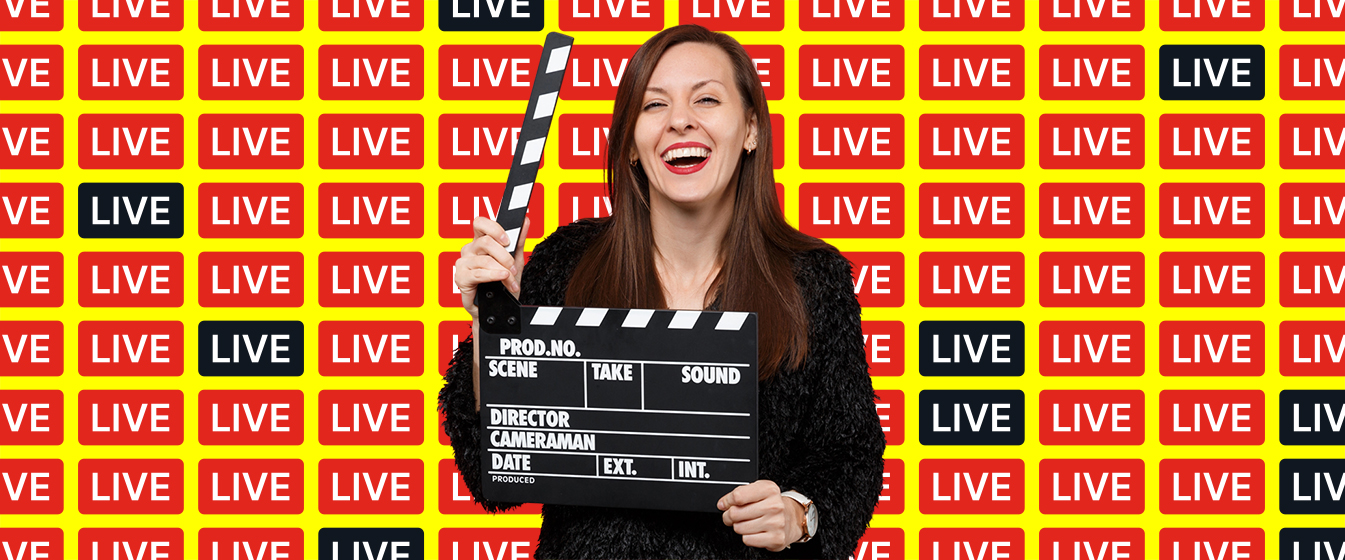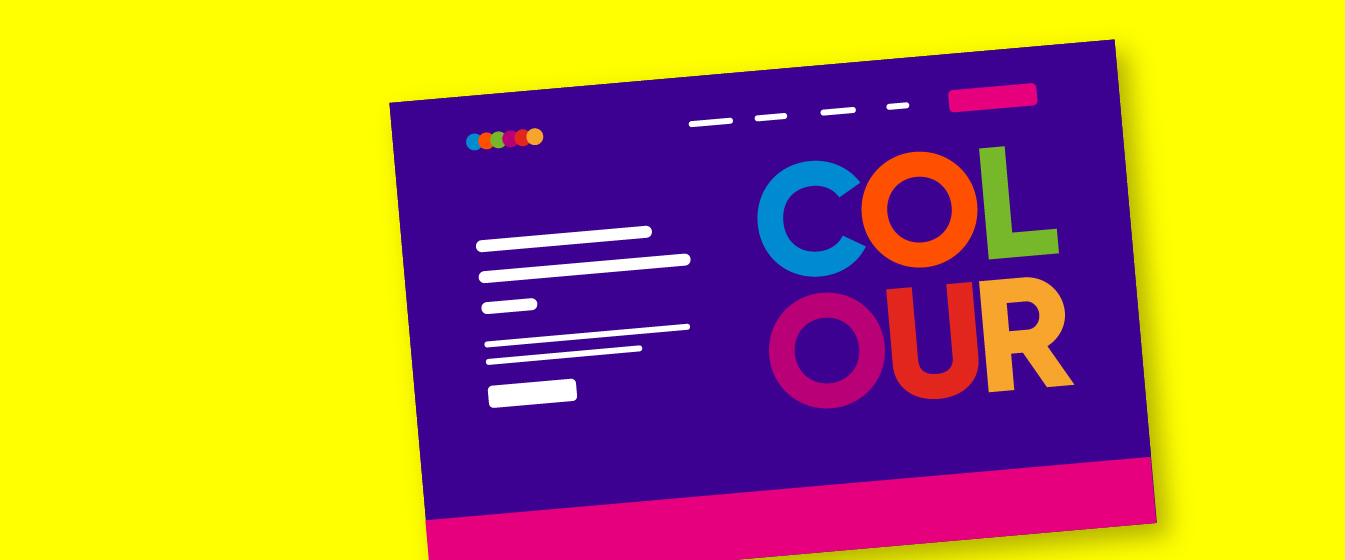Blog: Event marketing
Referral traffic: the under-exploited secret to getting more attendees from your event website
4 October 2023 minute read

An effective event website is crucial to marketing your event successfully. It’ll inform potential attendees about the content and value your event offers, and lead them through the registration process. But all your efforts in making a beautiful and compelling event website are entirely wasted if nobody visits it. You need traffic.
If you have an established brand, you’ll be able to drive a lot of this through email marketing to previous attendees – but even then, you’ll still want to reach new audiences. Social media advertising can help, but ROI is unpredictable and difficult to measure. And of course, there’s pay-per-click (PPC) advertising. But unless your event is tailored to an under-served but nonetheless in-demand niche, this could prove either expensive or ineffective.
It sounds obvious, but it’s often overlooked: the best way to get people to your website is from other people’s websites.
What is referral traffic?
Referral traffic is simply the visitors who arrive on your site by clicking a link on a website hosted on another domain – not through a search engine or a direct link in an email.
As such, referral traffic includes traffic coming to your site through affiliates, links, content partners – as well as clicks from direct media buying or news coverage.
What about search engines?
Well, referral traffic is definitely linked to search traffic (pun intended). A strategy that helps with the former will almost certainly help with the latter.
Google’s original PageRank algorithm was an attempt to measure the importance of a web page based on how many other pages linked to it, weighted by the importance of the linking page.
In 2023, the Google algorithm is far more complex, and balances hundreds of different ranking signals and factors. But PageRank, in some form, is still very much one of them. In short: the more sites that link to yours, and the better quality those sites are, the higher your site will be placed in the results for relevant search queries.
The entire industry of search engine optimisation (SEO) rests on two pillars: making sure the content on your site is relevant, well-structured, and adequately covers the search terms people might use; and acquiring inbound links from other sites.
Isn’t that the exact same thing?
Yes and no. Good old fashioned SEO link building is more interested in a link existing than whether or not people actually click on it. Except for obviously spammy ones, all links are good links and might confer the tiniest of boosts to your site’s ranking.
But simply waiting for the benefits of your link building to become manifest in search engine results is putting the cart before the horse. The best links are the ones that people actually follow. They’re the ones that in themselves drive traffic to your site.
What not to do
Whichever vertical your event targets, chances are there are numerous industry directories online, listing all the various companies, suppliers, institutions etc serving the medical devices industry or the cyber security industry or the ice cream business.
Submitting your event website to relevant directories can be an easy way to start building an online presence – but don’t expect many people to visit your site as a direct result. Online directories are great for link building, but terrible for driving referral traffic.
Similarly, don’t bother with submitting comments on blogs as a way to try and drive traffic – unless your comment is especially relevant and insightful. But most comments aren’t.
On the contrary – many blog comments are obvious spam, few people read them at all, and even fewer click through.
Publish guest blog posts
While blog comments don’t work, guest posts do. A blog post typically contains external links in the copy, as well as author bios and calls to action and, as long as the topic is relevant to your target market, nine times out of ten, the reader will click – even if it’s just to check out who you are. Bingo, another qualified visitor.
We live in an era where content is king. It’s worth remembering that most B2B publishers and institutions are usually looking for quality content they don’t have to pay for.
And as an event organiser, you can easily supply it.
Often they’ll be interested in a piece about your next / most recent event. But if not, you can edit the transcript of a panel discussion into a post. Or a keynote. Or ask one of your speakers, sponsors, program committee members etc. to give you something. You always have more content than you think!
Start by focusing your efforts on websites that are considered thought leaders in your industry.
Be active in industry communities
Besides actual blogs, you’ll find there are plenty of online forums, communities and discussion groups for your industry, where people ask and answer questions and generally help each other out.
The key to effective participation in these communities is to be authentic and useful. Who can you put people in touch with? How can you help them solve their issue / identify the right supplier – whatever. You want to add value without sounding too promotional.
LinkedIn groups are a great place to start. Just go to LinkedIn, type in the industry or sector you’re looking for and check the ‘Groups’ filter in the advanced search.
Make sure the forum is active. Don’t waste your time on a forum that hasn’t seen a new post for a month or more.
Sign up with the name of your event or organisation. You want to make sure people associate your comments with the brand you’re promoting.
Create a signature with a call-to-action link. This is how you’re going to drive traffic to your event website. Make sure it has your event dates and venue on there.
Then roll up your sleeves and participate. As often as you can. You’ll want to concentrate on the areas of the forum where you have the most expertise to contribute.
Share your resources and don’t be shy about starting a new thread with a link to a resource you think could benefit the group. If you’re proud of a particular piece of content, it’s likely others will get something from it.
There are huge community discussions taking place all the time. Start making yourself of service to these groups, and watch the referral traffic flow in.
Social media for fun and profit
Your social media posts can be a rich source of referral traffic.
Every time you tweet, share, like, or pin a piece of content, you are creating an opportunity to drive referral traffic to your website. Don’t just focus on building your brand, make sure your followers know where they can see more while you have their attention. End your post with a CTA (call to action) and a link to where they can get more info.
Each platform gives you the opportunity to add a link to your post. But they do it in different ways.
| YouTube | You can add links to the caption of your videos, through pop-ups during the video and on video end screens. |
|---|---|
| You can create link stickers in your Instagram Stories. And while you can’t add clickable links to your feed posts and reels), you can encourage your followers to go to the link in your bio to see more. | |
| X (Twitter) | Adding links in your posts will create an automated link preview. Be sure to also make use of carousels and cards: these include one or multiple images which, when clicked, redirect the user to an external webpage or app download page. The same is true for Threads and Mastodon. |
| You can put the link directly in the caption, which will automatically generate a link preview with a clickable image. You can then delete the link from the caption, leaving only the link preview, to keep your posts neat and tidy. | |
| The same function present on LinkedIn can also be found here. In addition, you can include links in your Facebook Stories. | |
| Snapchat | Stories here are also an easy way to share a link with your followers. |
| TikTok | Unless you pay for ads, you can’t add clickable links to your videos. The only possibility is to put a link in your bio and redirect people there. |
Analyse what’s working and do more of that
If you know how to analyse your referring traffic, you can adjust it for better conversions, and, ultimately, more registrations to your events.
Connect a service like Google Analytics to your event website and it’ll provide you with insights into your referral traffic, enabling you to isolate it from other visitor categories and determine your best referral sources.
Then it’s time to look at who’s sending you what – not just quantitively, but qualitatively. Traffic with higher page views, lower bounce rates, longer time on site and higher engagement are obviously more likely to become customers. So identify the referrers who are sending you quality traffic and concentrate on strengthening your links with them.
Also, consider if there are other sites out there with similar characteristics and positioning to the best referrers you have now. If you can identify one, devote resources to getting links from others.
Don’t simply ignore the sites that are sending you low referral traffic, especially if those sites are a big deal. If you’ve already been featured once, chances are you can get your site mentioned on there again – and this time promote that content more on social media and elsewhere. Large sites that aren’t sending you much traffic are low-hanging fruit.
Traffic isn’t always about quantity. If you want to grow your event, ignore your raw visitor count and measure conversion and engagement.
Go after quality referring traffic and continually analyse and improve it. By studying and testing you can boost your conversion rates and get more out of the traffic others are already referring to you.
To take things to the next level, think about reaching out to the referring sites to strengthen the relationships and find even more ways to get traffic. Can you offer them free passes in return for enhanced visibility? The easiest link is from a site that’s already linked to you, so keep those partnerships strong.
This all takes time, sure, but it doesn’t take a lot of cash. And if you’re ruthless in identifying the blogs, directories, social media channels and groups you target – you can start seeing meaningful results in months.
Best of all, you’re getting two positive outcomes for one set of work: extra traffic and, ultimately, better search engine ranking.
Or you could spend another $5k a month on Google ads and hope for the best?



